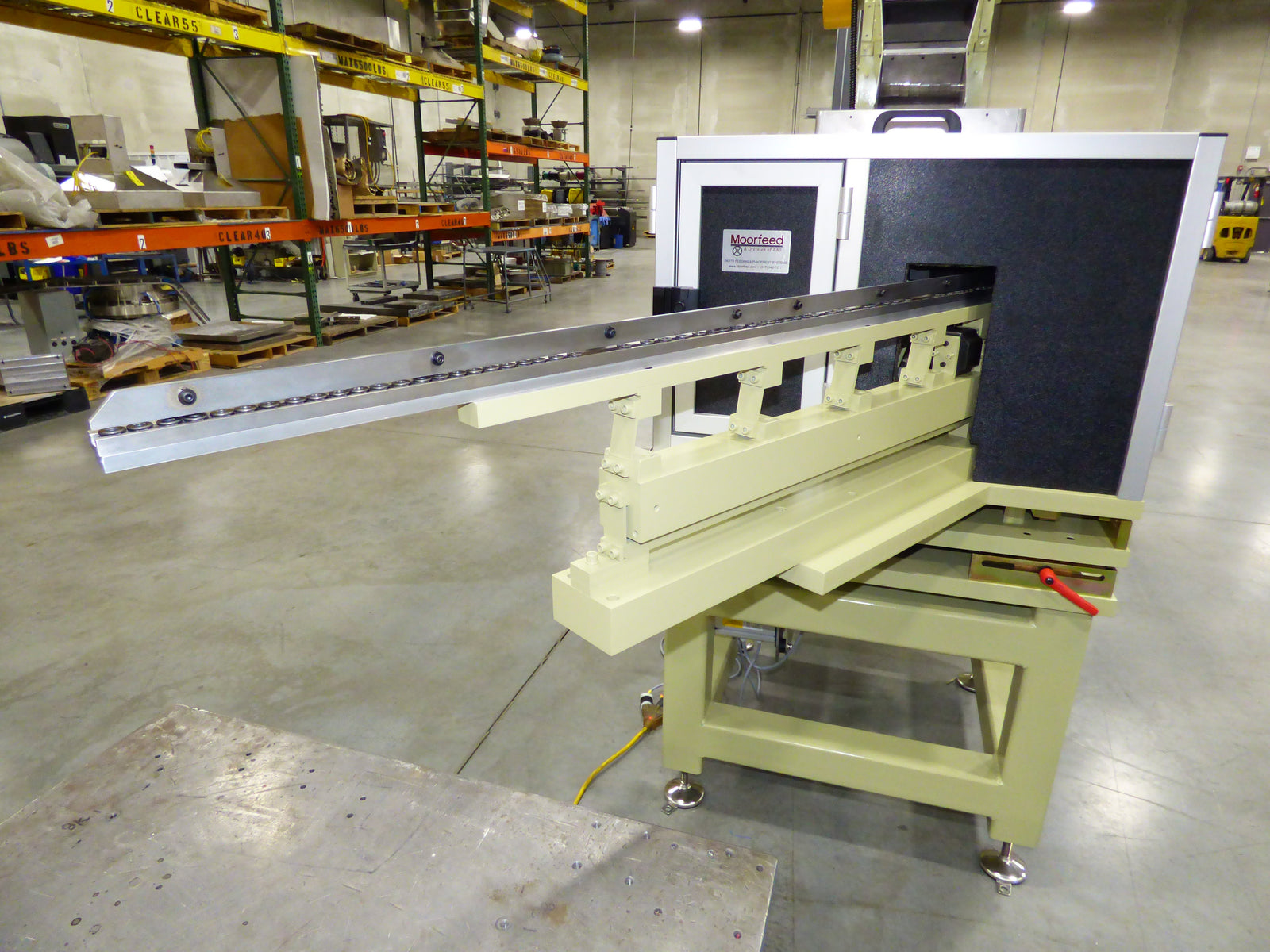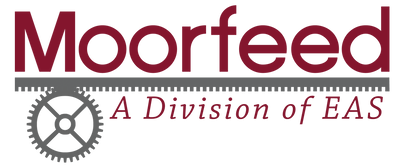Linear Parts Feeders: Conveyors, Vibratory Inline Tracks, and Air Tracks

Linear parts feeders are essential in automated manufacturing, efficiently moving and orienting components for assembly or processing. They ensure precise delivery of parts, boosting productivity and reducing manual labor. This blog explores the key types of linear parts feeders—conveyors, vibratory inline tracks, and air tracks—detailing their mechanisms, applications, and benefits.
What Are Linear Parts Feeders?
Linear parts feeders transport parts in a straight line from a feeder bowl or hopper to the next stage of production. They align and orient parts, ensuring consistency for robotic pick-and-place systems or manual assembly. These systems are widely used in industries like automotive, electronics, and pharmaceuticals, handling components such as screws, connectors, and small molded parts.
Types of Linear Parts Feeders
1. Conveyors
Conveyors use belts, chains, or rollers to move parts along a linear path. They’re versatile, handling a wide range of part sizes and shapes, from lightweight electronics to heavier automotive components.
-
Mechanism: A continuous belt or chain, driven by motors, carries parts forward. Cleats or dividers on the belt can separate and orient parts, while sensors ensure precise positioning.
-
Applications: Ideal for high-volume production lines, such as packaging or assembly of large parts like gears or panels.
-
Benefits:
-
High throughput and reliability.
-
Customizable with variable speeds and modular designs.
-
Low maintenance due to simple mechanics.
-
-
Limitations: Less effective for very small or delicate parts, as they may slip or misalign.
2. Vibratory Inline Tracks
Vibratory inline tracks, often called inlines or vibratory conveyors use controlled vibrations to move parts along a linear rail or trough, often extending from a vibratory feeder bowl. They’re excellent for orienting small, intricate parts.
-
Mechanism: An electromagnetic drive generates vibrations, causing parts to slide or hop along the track. The track’s shape (e.g., grooves or rails) guides and orients parts, rejecting misaligned ones back to the bowl.
-
Applications: Common in electronics and medical device manufacturing, feeding tiny components like pins, springs, or connectors.
-
Benefits:
-
Precise part orientation, reducing errors in downstream processes.
-
Gentle handling for fragile parts.
-
Compact design, saving floor space.
-
-
Limitations: Limited to smaller, lightweight parts; heavier components may require stronger vibrations, increasing noise and wear.
3. Air Tracks
Air tracks use compressed air to propel parts along a linear path, typically within a slotted or enclosed guide. They’re less common but highly effective for specific applications.
-
Mechanism: Air jets push parts through a track, often made of smooth materials like aluminum or plastic to minimize friction. The track’s design ensures parts maintain orientation.
-
Applications: Used for lightweight, non-magnetic parts like plastic caps or medical vials, especially in cleanroom environments.
-
Benefits:
-
Non-contact movement, ideal for delicate or sterile parts.
-
Quiet operation compared to vibratory systems.
-
Minimal wear, as there are few moving parts.
-
-
Limitations: Requires a reliable compressed air supply, increasing operational costs. Less suitable for heavy or irregularly shaped parts.
Choosing the Right Linear Parts Feeder
Selecting the appropriate feeder depends on several factors:
-
Part Characteristics: Size, weight, shape, and material. Conveyors handle larger parts, while vibratory tracks excel with small, precise components. Air tracks suit lightweight, delicate items.
-
Production Requirements: High-speed lines may favor conveyors, while vibratory tracks are better for precision-oriented tasks. Air tracks are ideal for cleanroom or low-noise settings.
-
Environment: Dusty or humid conditions may require sealed conveyors, while cleanrooms benefit from air tracks.
-
Budget: Conveyors are generally cost-effective for high volumes, while vibratory and air tracks may involve higher initial costs but lower maintenance.
Advancements and Trends
Modern linear parts feeders are integrating smart technologies:
-
Sensors and Vision Systems: Ensure proper part orientation and detect jams, improving reliability.
-
IoT Connectivity: Allows real-time monitoring and predictive maintenance, reducing downtime.
-
Modular Designs: Enable quick reconfiguration for different parts, enhancing flexibility.
Conclusion
Linear parts feeders—conveyors, vibratory inline tracks, and air tracks—are vital for streamlining automated production. Each type offers unique advantages, from the high-throughput capability of conveyors to the precision of vibratory tracks and the clean operation of air tracks. By understanding their strengths and applications, manufacturers can optimize their assembly lines for efficiency and reliability.

